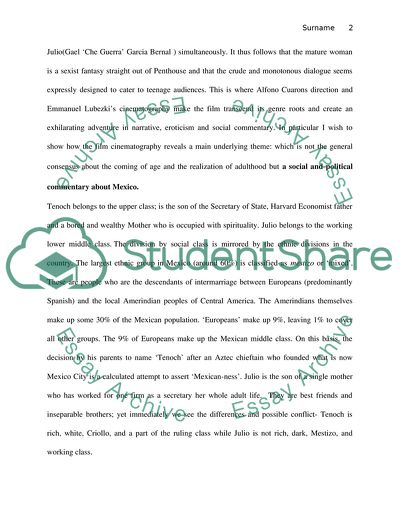Cite this document
(Y Tu Mama Tambien - Conflict Outward or Within Movie Review, n.d.)
Y Tu Mama Tambien - Conflict Outward or Within Movie Review. Retrieved from https://studentshare.org/visual-arts-film-studies/1730854-cinema-studies
Y Tu Mama Tambien - Conflict Outward or Within Movie Review. Retrieved from https://studentshare.org/visual-arts-film-studies/1730854-cinema-studies
(Y Tu Mama Tambien - Conflict Outward or Within Movie Review)
Y Tu Mama Tambien - Conflict Outward or Within Movie Review. https://studentshare.org/visual-arts-film-studies/1730854-cinema-studies.
Y Tu Mama Tambien - Conflict Outward or Within Movie Review. https://studentshare.org/visual-arts-film-studies/1730854-cinema-studies.
“Y Tu Mama Tambien - Conflict Outward or Within Movie Review”. https://studentshare.org/visual-arts-film-studies/1730854-cinema-studies.


